Introduction
[specs-box]
Fusion has been around a long time but it seems that it has
been flying under the radar for the past few years. The software began as an in-house project at Sydney-based NYPD in 1987. Eyeon Software was formed to commercialize it and started selling it with the name Digital Fusion in 1996, and now it resides under the Blackmagic Design (BMD) umbrella of “creative video technology”.
BMD acquired Eyeon in 2014, and a lot of people
were questioning at that time why they would absorb a company and
software that put them in direct competition with Autodesk Smoke, and
Nuke from The Foundry. But if you look at BMD’s history, and where they
wanted to be in the industry, it made perfect sense. BMD was known for
delivering video technology that primarily dealt with I/O and for allowing
editors and producers to work with and deliver the highest quality
video, and they had successfully brought the expensive and somewhat
cumbersome DaVinci colour grading application to the masses, for free,
only after giving it a new interface and sleek workflow. So rethinking
Fusion in the same manner only made sense; give their customers a
toolset that will allow them to take their content, add motion graphics
and/or visual effects, and deliver it.
Now with the release of Fusion
8.2, content creators can build their whole pipeline within the BMD
toolset, all the way from filming with the Blackmagic URSA, motion
graphics and visual effects in Fusion 8.2, and then final colour
grading and onlining with DaVinci.
Fusion 8.2 brings the compositing toolset to Windows, Mac OS, and
Linux, and it comes in one of two options; Fusion 8.2 (free) and Fusion
8.2 Studio ($995). In the following review I will look at some of the
key features that come with Fusion 8.2 and see what it has to offer. I
will also take a look at how it fits into the compositing software’s
landscape, when put up against competing software like Nuke, After
Effects, and HitFilm.
Compositing
Fusion is a node-based compositor, offering a very similar
workflow to its competitor, Nuke. Fusion has been node-based as far as
I can remember, even back in 2002 when I used it just out of school,
which pre-dates Nuke as we know it now. The workflow is quite simple,
you start with one node, and then connect your operations as you move
through your composite. Typically you would import your assets through
a Loader Node or 3D import node, and then apply colour corrections,
keying, etc. to your assets. When opening Fusion, the default interface
gives you two viewports, a node graph down below, and then a settings
or attributes panel to the right. Nuke, in comparison, behaves
different. You have a viewer node that allows you to select and connect
a graph to a node for viewing. In Fusion, you can simply select the
node of your choice, then without letting go simply drag it into the
viewport.
All tools can be accessed via the menu at the top, or by right-clicking
in any of the panels. The tools made available in the right-click menu
are context sensitive; meaning you will get access to different tools
depending on which panel you are in. Each tool selection will be
dropped on the node graph and you can simply connect the nodes together
to start building your composite (or script as it is sometimes referred
to). You can also hit shift+space bar and it will bring up a list of
available tools. It would be nice if this was a simple hotkey instead
of a 2 key combination. Not a big deal, but just one of those little
details that can save some time when doing repetitive tasks.
One thing I noticed, is Fusion’s workflow for dealing with multichannel
EXRs is much different than Nuke’s. In Nuke, you have easy access to
channels anywhere in your comp, and splitting up your multichannel EXR
into specific elements is fairly straightforward, thanks to various
tools that are available for free. In Fusion, you have to create a
new loader any time you want to access a different channel within your
multichannel EXR. Also, as of right now, there is no easy way to split
up your multichannel EXR into specific elements without some scripting
experience. There had been a script that worked with previous versions of
Fusion, but as of version 8.0, it no longer works. After Effects functions much
the same way, but I found it significantly easier to use than the Fusion method of
going through a bunch of dropdown lists and selecting the specific channel
I needed.
Keying & Roto
Fusion comes with the standard tools available in most
compositing software. Keying & Roto tools are no exception.
Listed under the ‘Matte’ tools, users will have access to keying tools
like Primatte, and Ultra keyer, both of which are very capable keyers.
Roto tools can be located under the “Mask” category. Here you will find
everything you need for making mattes, tracking roto shapes, and
creating any additional channels you might need in a composite.

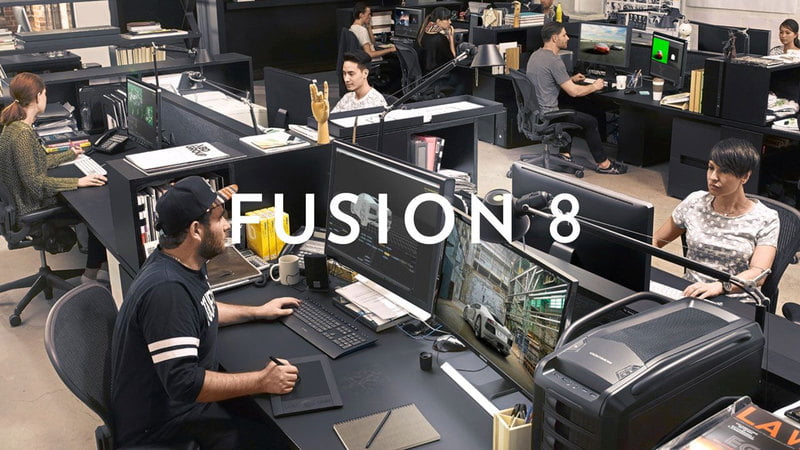

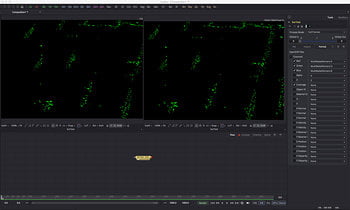

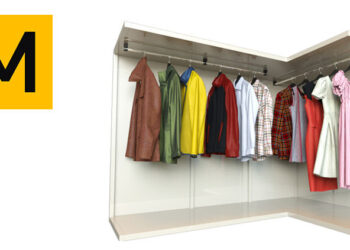

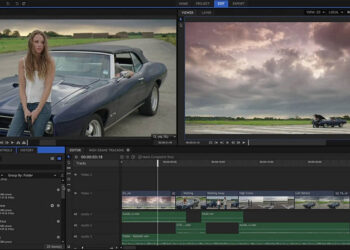




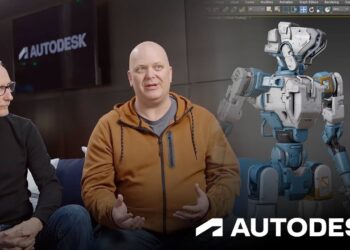

It’s not perfect but in the loader you can access more channels, in the format tab. The exr loader comes with a preset list of channels by which you can assign the exr multi layers. Again not perfect at all, but there’s a bit more then just split out loaders.
>Fusion is a node-based compositor, offering a very similar workflow to its competitor, Nuke. Fusion has been >node-based as far as I can remember, even back in 2002 when I used it just out of school, which pre-dates >Nuke as we know it now.
The node based workflow and interface we see today in Nuke has remained virtually unchanged since 1993 / 1994, when when development on the software started at Digital Domain. The interface changes that the Foundry has made since have been mildly evolutionary, but thankfully the basic design remains the same.
Fusion is not free to download anymore.
From now on you must buy it, the free download option on the homepage has been removed.
True, as a free version you still have the Fusion version integrated in resolve, which it’s still free.
Cheers!
“Also, as of right now, there is no easy way to split up your multichannel EXR into specific elements without some scripting experience.”
That’s the point why Fusion is less used by big company. It’s never be a good software if it waste your time. It would be enough to add simply option in loader – “add new channel” thats all, nothing more.
Deleting comments is really sucks! Leaving this silly site!
Hi Robert, We don’t delete comments unless they are offensive but a new commenter’s first comment will need to be manually approved and other situations trigger the need for a manual approval. Sometimes this might takes a while. Apologies